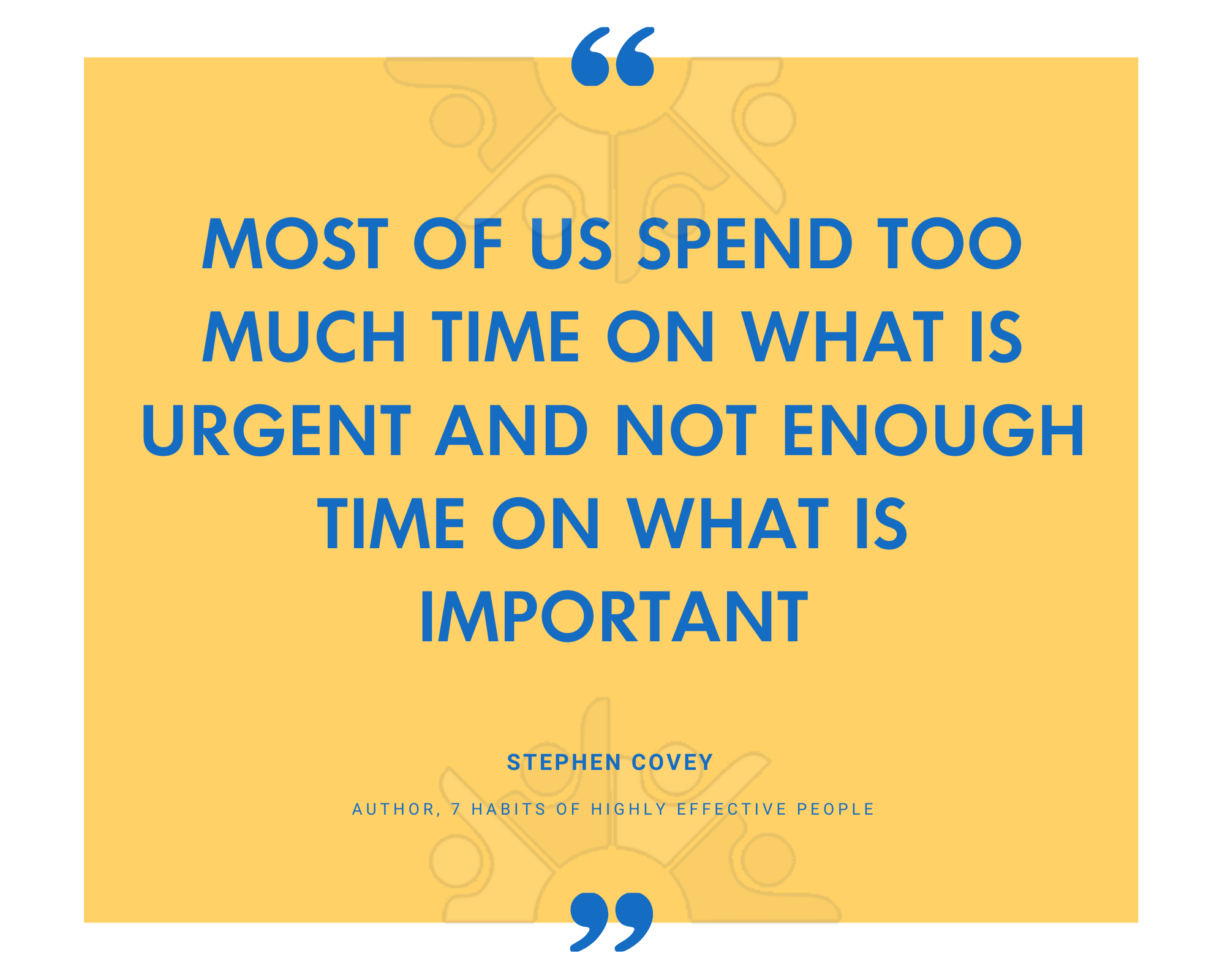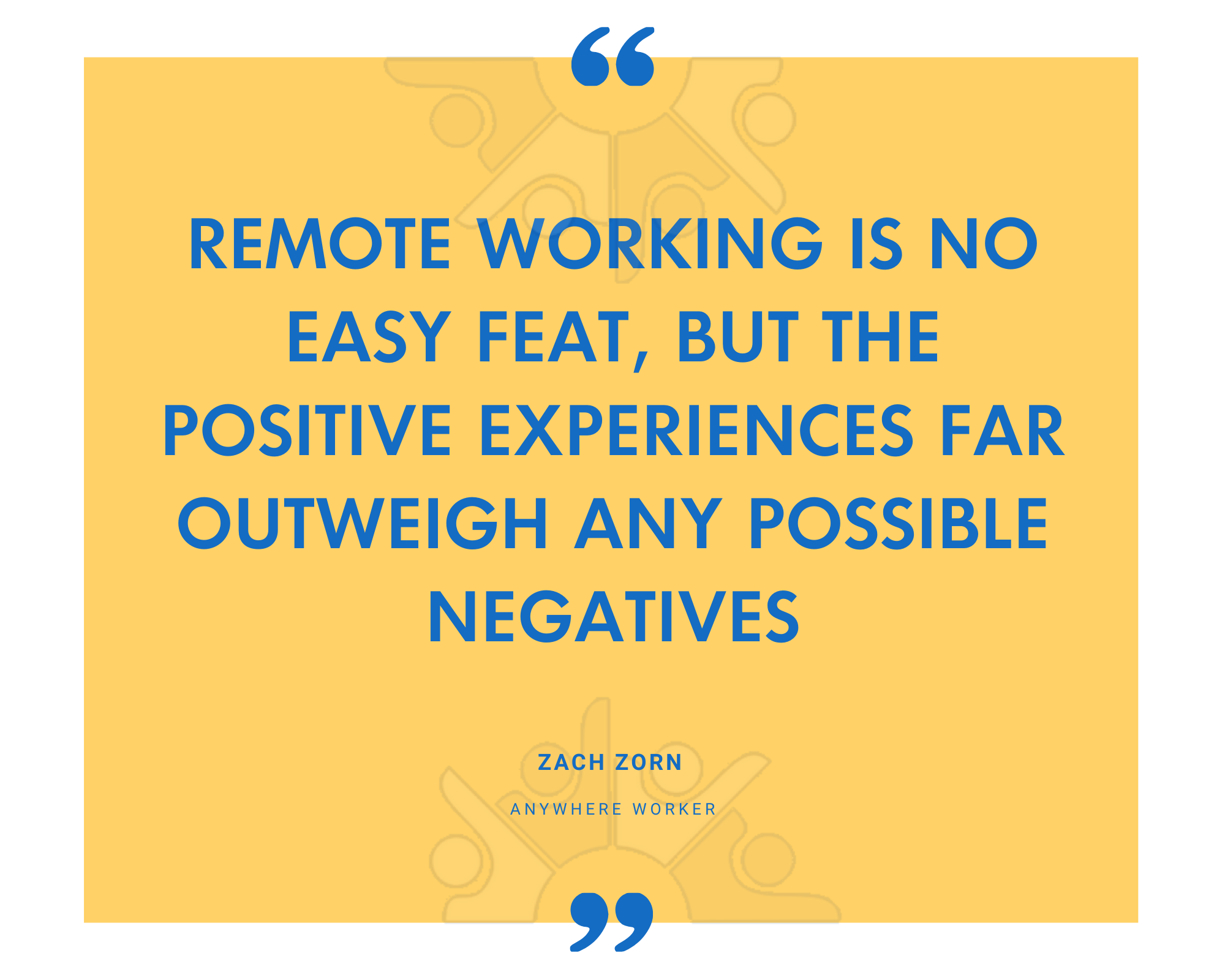Onboarding remote workers presents businesses with a new set of challenges not faced when onboarding in the workplace. The familiar induction process, built around face-to-face introductions and meetings, needs to be modified for the digital sphere.
Here’s how you can meet the communication challenges of onboarding remote workers, introducing the performance management tools and processes to ensure your new hires adapt quickly to the culture and keep on top of their goals.
 Make sure they have the software they require
Make sure they have the software they require
While making sure a new hire has all the equipment they need can present logistical issues for your IT team, ensuring they have the right software to do their job is much easier to accomplish. Help them set up their company emails, cloud storage systems and any other programs they require, and if you are able to send them equipment try to download and install any necessary applications so they’re set up to start work immediately.
Make sure they have access to your company’s internal communications platform, allowing access to goal tracking, absence requests, intranet and any other internal systems they need. You can also help them to complete any HR paperwork online such as employee contracts, making use of e-signature tools to eliminate unnecessary paperwork.
Introduce them to your company’s culture
A strong company culture permeates throughout the workforce, but it’s harder to get a feel for “how things are done around here” when you’re employees are working remotely. Building your company’s core values into the framework of your performance management system helps to clarify and promote it to your new hires from the outset.
Providing them with a digital version of your company handbook or a digital welcome pack, along with any other text or video resources discussing your company’s culture can help to strengthen these values. You should also update any induction packages you have so they are relevant to a digital workplace.
Hold virtual meetings with their team members and direct reports
When introducing a new hire to their team members and any other points of contact, make sure this is done via video calls whenever possible. While you can’t replicate the face-to-face induction process entirely, these calls will help to quickly establish relationships and strengthen communication.
You should hold these initial meetings on their first day, linking them up with a sponsor or mentor if necessary to help them find their way in the company and keeping them connected to their team through any other channels, both work-related and informal social digital spaces. Ask their coworkers, managers and direct reports to introduce themselves and explain their roles and how they might be able to help.

Establish their work expectations and objectives

Set out their key projects and short term deliverables upfront and make sure they have liaised with the relevant employees they’ll be working with. Once you have defined the goals and added them to the relevant communication channels in your performance management tools, you can establish benchmarks for performance that managers can track directly.
Catch up weekly, monthly and quarterly
Elizabeth Grace Saunders, author of How To Invest Your Time Like Money, explained the importance of one-to-one meetings in an interview with Harvard Business Review. “One-on-ones are one of the most important productivity tools you have as a manager. They are where you can ask strategic questions such as, are we focused on the right things? And from a rapport point of view, they are how you show employees that you value them and care about them.”
When onboarding remote workers and continuing to engage them as their role develops, scheduling regular weekly conversations as well as monthly and quarterly appraisals ensures those regular touchpoints are maintained. If they are having any difficulties settling into the role or if they have any other feedback to pass on, these informal catch-ups will help managers identify any cause for concern, both in terms of workload and mental well-being.
Offer any role-specific traning they might need
Training remote working employees can be something of a challenge, so getting this set up early can help to train new hires more efficiently. If your new starter requires training for specific tools unique to your company, make sure they are put in touch with the relevant employee and training documentation.
Build a library of training videos/documents and interactive courses and link any product demonstration videos and other resources to help them to better understand their role, making them easily accessible via your internal communications platform (LINK STAFF CIRCLE). If you need a more hands-on approach to training, schedule video calls with the appropriate employees, making sure to follow on from these for additional clarification and feedback.
Refine your onboarding process
Onboarding processes can sometimes leave a lot to be desired, and a survey from Accountemps in 2019 revealed that 6 in 10 workers met with mishaps when starting a new job. With many companies experiencing widespread remote worker onboarding for the first time, refining the process is essential to address any problems with communication.
Conduct surveys of any previous employees who were onboarded for remote positions to see what they suggest you can do to improve the processes and provide better resources. The full cycle of onboarding is an exercise in engagement and done well it will boost productivity, encourage collaborative working and enhance the innovative capacity of your business.



 Make sure they have the software they require
Make sure they have the software they require

